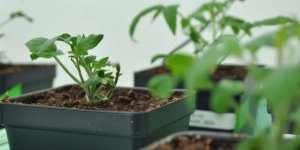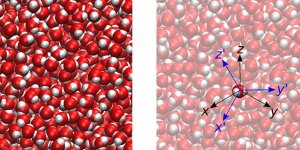| News / Science News |
Big data helps determine what drives disease risk
Working with nearly 3,000 observations across almost 1,500 host-parasite combinations, U.S. National Science Foundation-supported researchers at Notre Dame University have found that biodiversity loss, chemical pollution, introduced species and climate change, but not urbanization, are driving increases in infectious disease risk.

A study led by NSF-supported researchers at the University of Notre Dame analyzed nearly 3,000 observations across nearly 1,500 host-parasite combinations to understand what drives disease risk. The pairings included raccoons and the pathogens raccoon roundworm, mycoplasma, and the protozoan that causes Chagas disease. Photo: Jeremy Cohen/Yale University
As the number of emerging infectious diseases in organisms across the tree of life, including humans, rises, it is becoming increasingly important to understand what drives disease spread and whether human actions are part of the cause.
This information will aid in disease management strategies and predicting the potential for disease spread given a set of environmental or other changes.
These efforts are important not only for diseases that could infect humans but also for diseases in other animals that can lead to human disease. Diseases in plants can also have a massive impact on agriculture and food security.
Specifically, the new study points to lowering greenhouse gas emissions and enhancing ecosystem management efforts as key steps in limiting the burden of diseases in humans, other animals and plants.
YOU MAY ALSO LIKE





